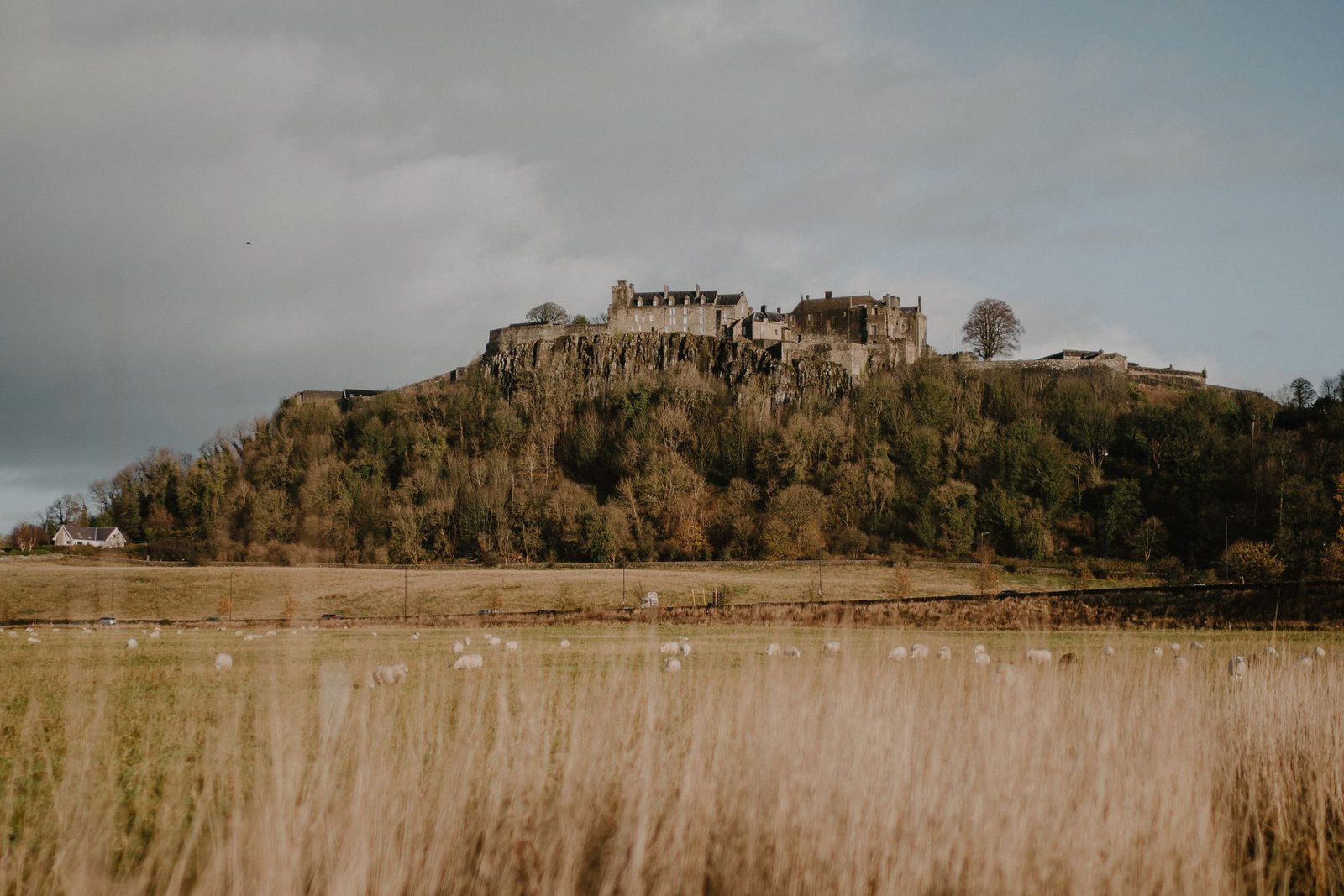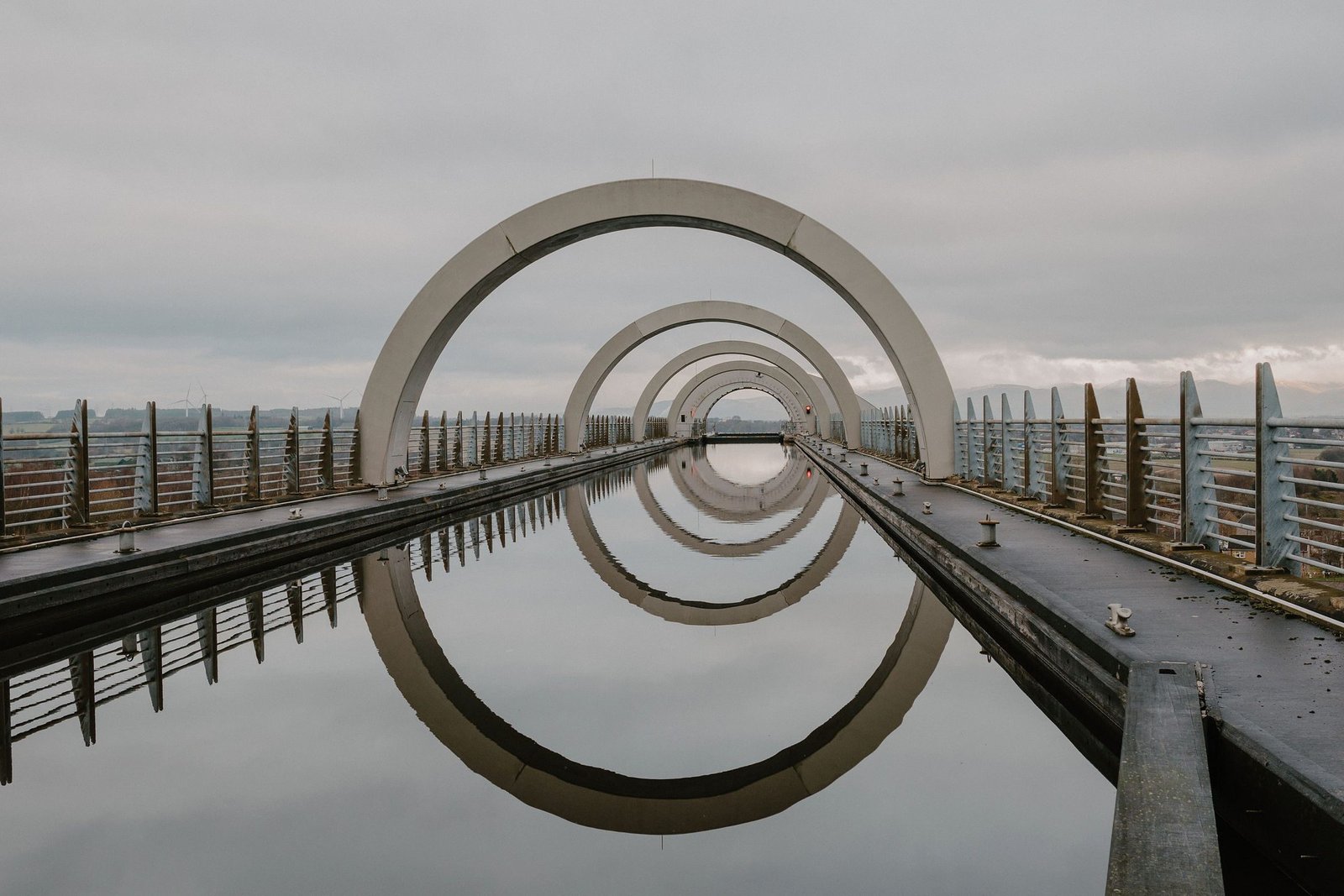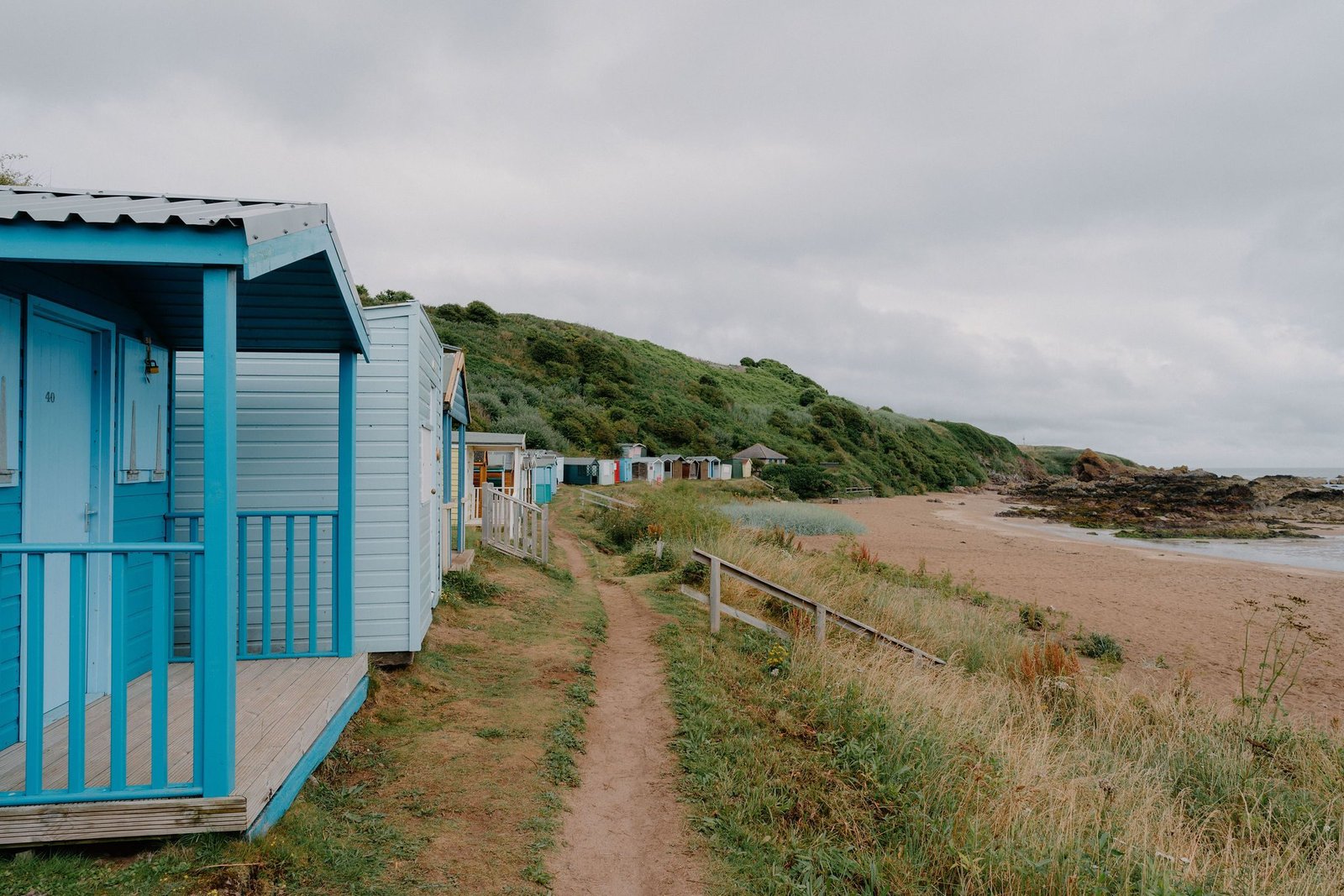

Search attractions, accommodation, food & drink and more…
Table of contents:

The county borders Loch Lomond to the north and the Rivers Kelvin and Forth to the south, connecting it easily to the surrounding counties for easy travel.
The historic county marking the gap between the Highlands and the Lowlands, Stirlingshire has rightfully earned its ‘gateway to the Highlands’ moniker. Having once held the capital city of Scotland, its historic significance to the nation cannot be understated – and its legacy remains in its city, Stirling, and the many towns and villages that populate the county. The county borders Loch Lomond to the north and the Rivers Kelvin and Forth to the south, connecting it easily to the surrounding counties for easy travel.
For many, Stirlingshire acts as the gateway to the magnificent Loch Lomond and the Trossachs National Park, the fourth largest of its kind in the British Isles, encompassing 720 square miles of natural land. Many Stirlingshire towns and villages fall within the boundaries of the park and are a real highlight for visitors, as well as the surrounding mountain ranges and smaller lochs.
Famously the site where William Wallace defeated the English in battle (as captured in the film Braveheart), Stirlingshire gained greater prominence in 2002, when Queen Elizabeth II granted its de facto capital Stirling city status. The smallest of the current eight Scottish cities, Stirling marks the central hub of the county, with major cultural sites found here, as well as a variety of boutiques, shops, bars and restaurants. Whether you’re a history buff, a culture nerd or want to visit a place with as much gorgeous natural scenery as there are historic buildings and galleries, Stirlingshire has something for every visitor to enjoy.
Where would you like to visit?

Aside from being one of Scotland’s eight cities, Stirlingshire is perhaps best known for its historic role as the nation’s capital. Though no longer the holder of that title, for years Stirlingshire was a Royal Burgh and home to the King of Scotland, for whom it was a stronghold location through turbulent times, including battles in the Scottish War of Independence.
Made a Royal Burgh in 1130 by King David I, Stirlingshire’s central city was a considerable stronghold for the Kingdom of Scotland. Routinely attacked and invaded by Vikings, the county was often the site of bloody territory battles between Kings and groups of revolutionaries. Among the most famous include the Battle of Stirling Bridge, the Battle of Falkirk and the battle of Bannockburn during the First War of Scottish Independence, where decisive victories were earned and a crushing defeat was handed to William Wallace.
Stirlingshire would often play host to major battles in the war for Scottish independence and later during the Jacobite Uprising – likely due to its location between the north and south of the country.
Like many other major cities in the UK, the industrial revolution brought a number of trades to Stirlingshire, including port travel to India for tea exports and expansion of river travel to connect Stirling with the new capital, Edinburgh. Coalfields also sprung up across Falkirk and iron smelting – one factory of which became, for a time, the largest in Europe. New laws turned Stirlingshire into its own county district in 1890 and Stirling was granted city status by the Queen in her 2002 Jubilee Honours, making it the seventh location in Scotland to be given this honour.
Getting around
Both urban and rural areas of Stirlingshire are serviced by First Bus, operating out of the city and into the countryside. The roads are excellent heading towards Loch Lomond and easily accessible for bikes and cars. Stirling is the central hub for trains and has access to multiple locations across the county that cars don’t.
Getting to Stirlingshire
The nearest airports to Stirlingshire are Edinburgh and Glasgow, both an hour away. Scottish Rail operates train services out of most major Scottish stations towards the county, terminating in Stirling City. Coach services also operate hourly services to Stirling from Edinburgh and Glasgow, as well as buses from St Andrews and Perth.
When to go
Stirlingshire experiences similar weather to the rest of Scotland and is best visited for minimal rain during the summer months – June to September. If you’re not afraid of the cold and rain, there’s something particularly magical about Stirlingshire during the late Autumn and winter to see the colours of the seasons changing from October to January.
Where to stay
Stirling has the most accommodation options as the county town, with a variety of hotels and rental properties, as does neighbouring Falkirk. Nature lovers will want to head towards the Trossachs and stay in one of its beautiful villages. Popular choices include Aberfoyle, Brig o’ Turk and the Port of Menteith.
Eating & drinking
Stirlingshire is home to a number of internationally-regarded restaurants, including Chez Roux, part of the Michelin-starred dynasty. The city itself has a number of options for foodies from street food to fine dining, as well as traditional pub food and seafood options further out into the county.
Have you tried our planning tools?

WIN
A 2 NIGHT STAY
AT THE GART MANSION

This prize includes a champagne reception, three course meal and a breakfast hamper on both mornings. And is worth over £10,000.
Already have an account? log in here
You are now signed up for the Hidden Scotland Journal, a free weekly email. Would you also like to gain free access to the full features of Hidden Scotland? To find out more sign up below.
Already have an account ? Log in here
By entering your email, you agreee to recieve marketing emails from Hidden Scotland